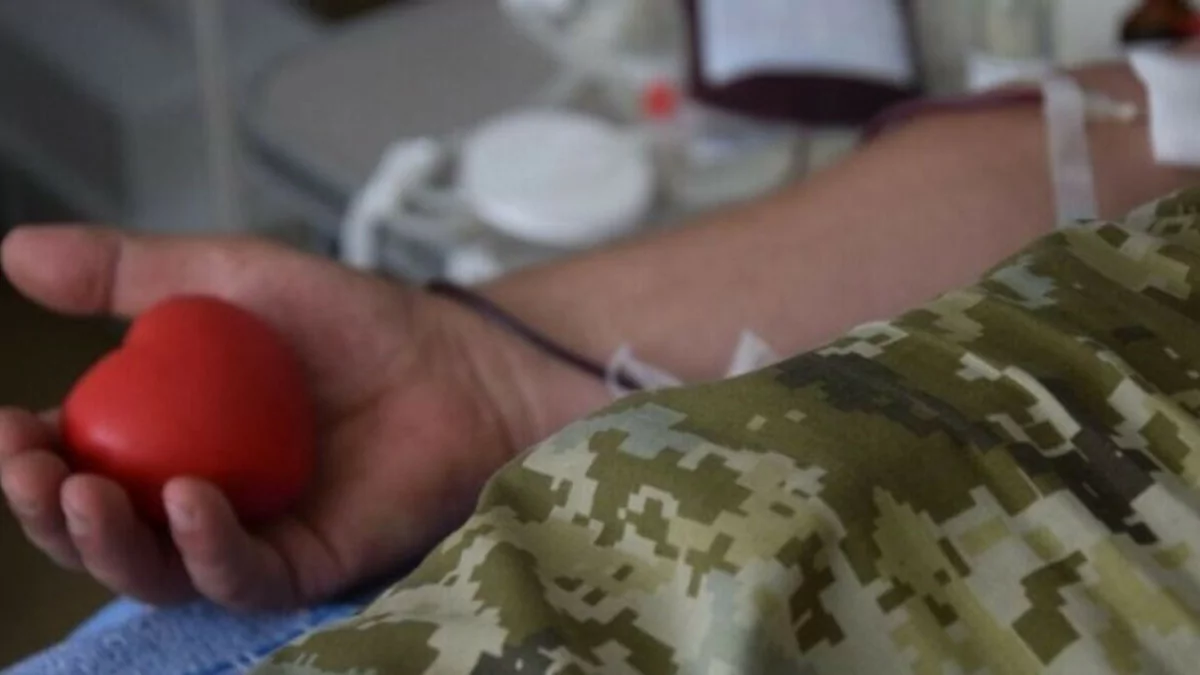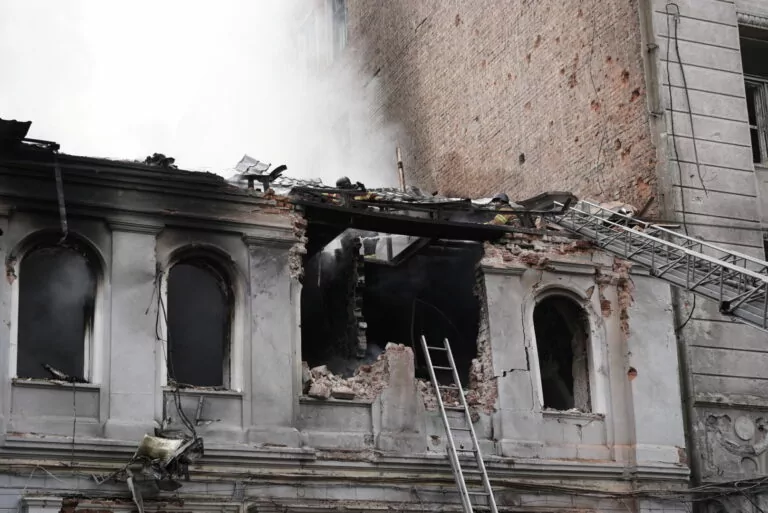Now, blood transfusion can be administered not only by people with medical education but also by people in the military who undergo the necessary training, reports the Ukrainian Ministry of Health. The parliament has already approved the corresponding degree.
The help for wounded in the field is usually provided by combat medics with experience and skills but without medical education. Modern first aid protocols, particularly TCCC (Tactical Combat Casualty Care), include whole blood transfusion that helps medics to compensate for blood loss in the field.
To allow people without medical education to perform this procedure, the Ministry of Health will expand the training program to include basics of blood transfusion therapy. People will be able to train within existing Blood Centers. The program will comply with NATO standards.
Press center notes that, in NATO countries, blood transfusions performed by combat medics without medical education are a norm. In Norway, the government allows soldiers to perform blood transfusions along with the combat medics.
It’s an important decision because, in civilian life, a person who’s bleeding out can be delivered to the hospital in 15 minutes. However, during the war, “organizing the infrastructure necessary for conducting blood transfusion” isn’t simple. The permission for combat medics to perform blood transfusions in the field will lower the risks of preventable deaths related to blood loss on the battlefield, says the Minister of Health, Victor Liashko.
At the end of July, medics and volunteers addressed the military command in Ukraine, asking to solve eight problems of tactical medicine in Ukraine. One such issue is the fact combat medics aren’t considered medical doctors. Volunteers said that the command excluded combat medics from the list of people who could transfuse blood and accused them of illegal healthcare activities. That happened after the discussion about prehospital blood transfusion.
Read more
Russian army drops bomb on blood center in Kupyansk, causing deaths and injuries



